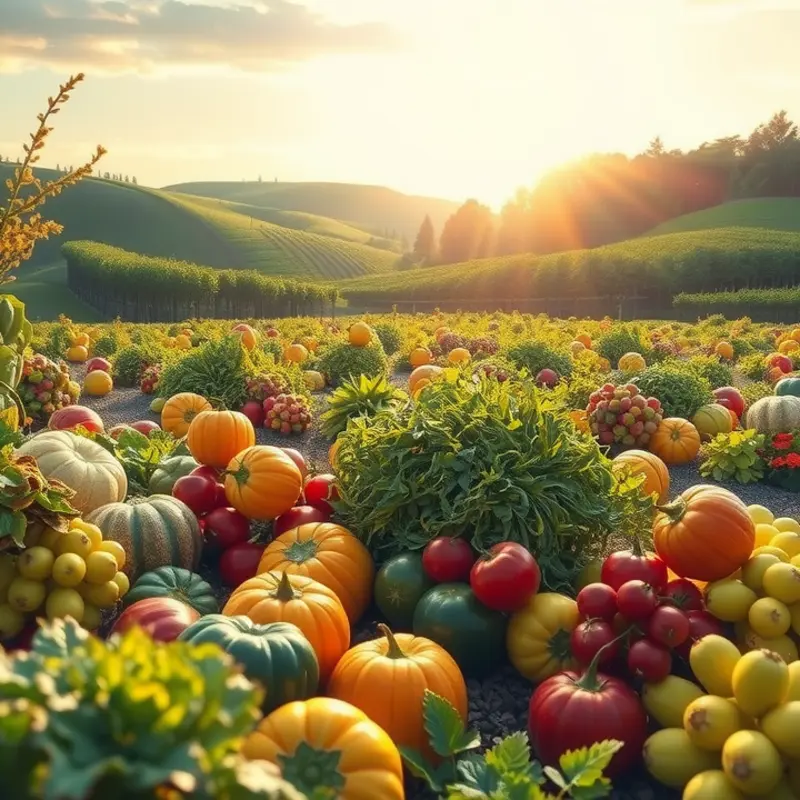Island communities around the globe boast rich culinary heritages shaped by diverse cultures and resources. From the Pacific to the Caribbean, these culinary landscapes celebrate fresh, locally-sourced ingredients and time-honored cooking methods. This vibrant mosaic of flavors reflects the connection between the people and their environment, offering food enthusiasts and culturally curious readers a taste of the unique traditions found in island kitchens.
Flavors of the Pacific: A Taste of Polynesia

Polynesia, often romanticized for its azure waters and swaying palms, offers a culinary tapestry woven with rich traditions and flavors. At the heart of Polynesian cuisine lies the reverence for both land and sea, with dishes that reflect the bounty of each.
One staple that stands out is poi, a dish central to Polynesian households. Made from the fermented root of the taro plant, poi can be an acquired taste for outsiders. Its distinct, mildly sour flavor and smooth texture make it as much a sensory experience as a nutritional staple. Poi is not just food; it embodies the connection to both cultural identity and ancestral roots.
The ocean, a vital life source for islanders, contributes fresh fish preparations that are as simple as they are exquisite. Known across the islands, poke is one such dish. The essence of poke lies in its simplicity—cubed raw fish, often tuna, seasoned with soy sauce, seaweed, and sesame. The ingredients highlight the natural flavors, embodying the Polynesian ability to transform simplicity into culinary art.
Tropical fruits also play a pivotal role in the Polynesian diet. Coconut, bananas, and pineapples grace the tables, providing both sustenance and sweetness. These fruits often appear in desserts, beverages, or even as accompaniments to savory dishes, ensuring meals are vibrant and full of contrast.
Integral to understanding Polynesian cuisine is the communal feast, the luau. The luau is more than a meal; it’s a celebration where food and community intertwine. Large communal tables are adorned with culinary offerings, and preparation becomes an act of sharing and tradition. The luau features an array of dishes—from roast pig cooked in an imu (underground oven) to fresh salads and vibrant fruit platters—each element telling a story of heritage and community.
The cultural significance of the luau extends beyond the feast itself, inviting deep respect for the culinary crafts and the spirit of sharing. Through the luau, culinary skills are passed down generations, keeping the rich tapestry of Polynesian tradition alive.
For island communities, sustainability and respect for nature are woven into daily life, aligning with principles of minimal waste and eco-friendly habits. Practical ingredient batching supports these values by optimizing ingredient use and reducing waste, thus echoing the Polynesian approach to utilizing every resource thoughtfully.
Polynesian cuisine, therefore, becomes a bridge between past and present. It is a celebration of life and community, where every dish is a lens to the soul of the islands. The union of tradition, respect for ingredients, and vibrant communal celebrations together define the unique fusion that is Polynesian cuisine.
Caribbean Vibrance: Flavors and Heritage

The Caribbean is a vibrant mosaic of cultures, each contributing its own spice to the culinary tapestry. The explosion of colors on a Caribbean plate often evokes the region’s rich history and diverse cultural influences. Traditional dishes such as jerk chicken, curried goat, and callaloo serve as delicious reminders of African, Indian, and indigenous Taíno heritages.
Take jerk chicken, for instance. The iconic dish’s fiery kick comes from the Scotch bonnet pepper, a staple in Caribbean cooking. Its distinctive flavor is enhanced by marinating the chicken in a blend of spices including allspice, thyme, and ginger. This method traces back to the Maroons, descendants of escaped African slaves who ingeniously used local herbs and spices to preserve meats.
In contrast, curried goat exemplifies the Indian influence in Caribbean cuisine. Introduced by Indian indentured laborers, this dish marries the heat of Caribbean peppers with the aromatic spices of Indian curry. Slow-cooking the goat allows flavors to meld, resulting in tender meat with a rich, spicy sauce.
Callaloo, a traditional Caribbean dish, owes its origins to the region’s indigenous Taíno people. This leafy green stew often includes okra, coconut milk, and sometimes crab or conch. The combination of these ingredients results in a deliciously complex dish, showcasing the island’s bounty from both land and sea.
These traditional dishes are more than just meals—they are a celebration of family and community. In Caribbean households, cooking is often a family affair, with recipes handed down through generations. These gatherings transcend mere meal preparation; they are opportunities for storytelling and cultural preservation.
Food also holds a central role in Caribbean festivals, which are as diverse as the islands themselves. From Carnival in Trinidad and Tobago to Junkanoo in the Bahamas, vibrant festivals bring people together, with food as the centerpiece. Such celebrations are incomplete without the tantalizing aromas of street foods: pasteles, patties, and pepper pot stew entice with flavors that mirror the festive atmosphere.
The practice of cooking and gathering around food fosters a strong sense of community and identity across the Caribbean. As people prepare and enjoy these dishes, they honor their ancestors and sustain cultural traditions for future generations. The vibrant and dynamic nature of Caribbean cuisine is an embodiment of these rich legacies.
For those interested in sustainable cooking practices that reflect the eco-conscious spirit of the islands, consider exploring low-waste cooking and prep, which are consistent with the eco-smart traditions found throughout the Caribbean. Utilizing fresh, local ingredients and minimizing waste are integral to maintaining the vibrance and sustainability of this tropical paradise.
Final words
The culinary traditions of island communities offer a captivating glimpse into the art of food that thrives in harmony with nature. Each dish tells a story, rich with cultural significance and local ingredients. From the lush fields of Polynesia to the colorful shores of the Caribbean, these flavors are more than sustenance; they embody the history and spirit of community. Whether you are an adventurous cook or a cultural enthusiast, exploring the food of these island nations reveals a world of unique flavors just waiting to be discovered.








